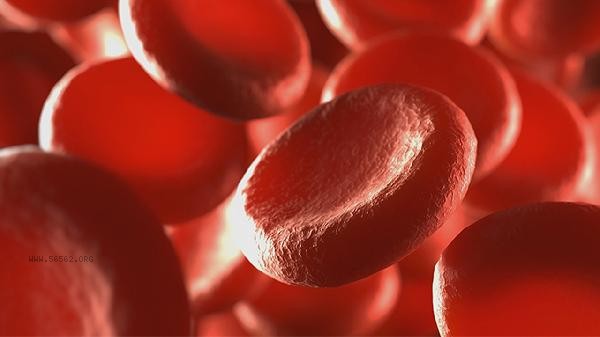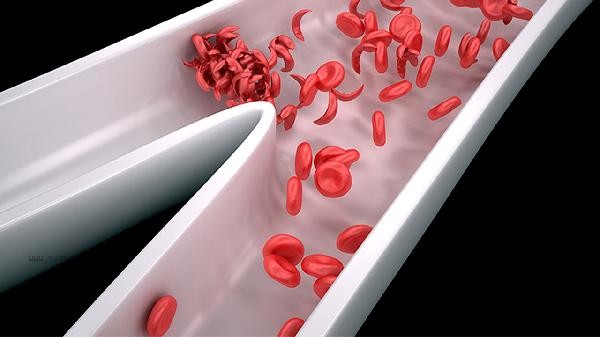The accelerated erythrocyte sedimentation rate may be caused by infectious diseases, rheumatic immune diseases, anemia, malignant tumors, physiological factors, etc. Red blood cell sedimentation rate is a non-specific indicator reflecting inflammation or tissue damage, and clinical judgment needs to be combined with other examinations.

1. infectious diseases:
Bacterial or viral infection will stimulate the body to produce inflammatory reaction, and promote the liver to synthesize fibrinogen and other acute phase proteins. These proteins reduce the negative charge on the surface of red blood cells, making them more prone to aggregation and sinking. Commonly seen in diseases such as pneumonia, urinary tract infections, tuberculosis, etc., it is usually accompanied by symptoms such as fever and elevated C-reactive protein. 2. Rheumatoid immune diseases: Rheumatoid arthritis, systemic lupus erythematosus, and other diseases can produce a large amount of immune complexes and inflammatory factors. These substances can alter the composition of plasma and increase the bridging effect between red blood cells. Patients often have typical symptoms such as joint swelling and pain, morning stiffness, etc., and need to be diagnosed through specific tests such as anti nuclear antibodies.
3. Anemia: When hemoglobin concentration decreases, the decrease in red blood cell count will weaken suspension stability. In diseases such as iron deficiency anemia and hemolytic anemia, changes in red blood cell morphology can also affect sedimentation rate. This type of situation is usually accompanied by pale complexion, fatigue, and other symptoms, and a blood routine examination shows a significant decrease in hemoglobin.
4. Malignant tumors:
Abnormal substances secreted by tumor cells can alter the composition of plasma proteins, and some hematological tumors can directly affect the quality of red blood cells. Diseases such as lymphoma and multiple myeloma often have a significant increase in erythrocyte sedimentation rate, which may be accompanied by symptoms such as weight loss and bone pain. A clear diagnosis should be made through imaging and pathological examination.

5. Physiological factors:
Hormonal changes during menstruation and mid to late pregnancy in women can lead to an increase in fibrinogen. Elderly people may also experience mild elevation due to changes in plasma protein ratios. These conditions usually have no pathological significance, but regular follow-up is necessary to rule out potential diseases. When rapid increase in erythrocyte sedimentation rate is found, complete blood routine, C-reactive protein, immunoglobulin and other supporting examinations should be conducted. Pay attention to observing whether there are accompanying symptoms such as fever and joint pain in daily life, and avoid vigorous exercise that may affect the test results. Diet can appropriately increase the intake of fruits and vegetables rich in vitamin C to promote iron absorption, and anemic patients need to ensure high-quality protein intake. It is recommended to conduct targeted examinations under the guidance of a doctor to avoid self interpretation of abnormal indicators.









Comments (0)
Leave a Comment
No comments yet
Be the first to share your thoughts!